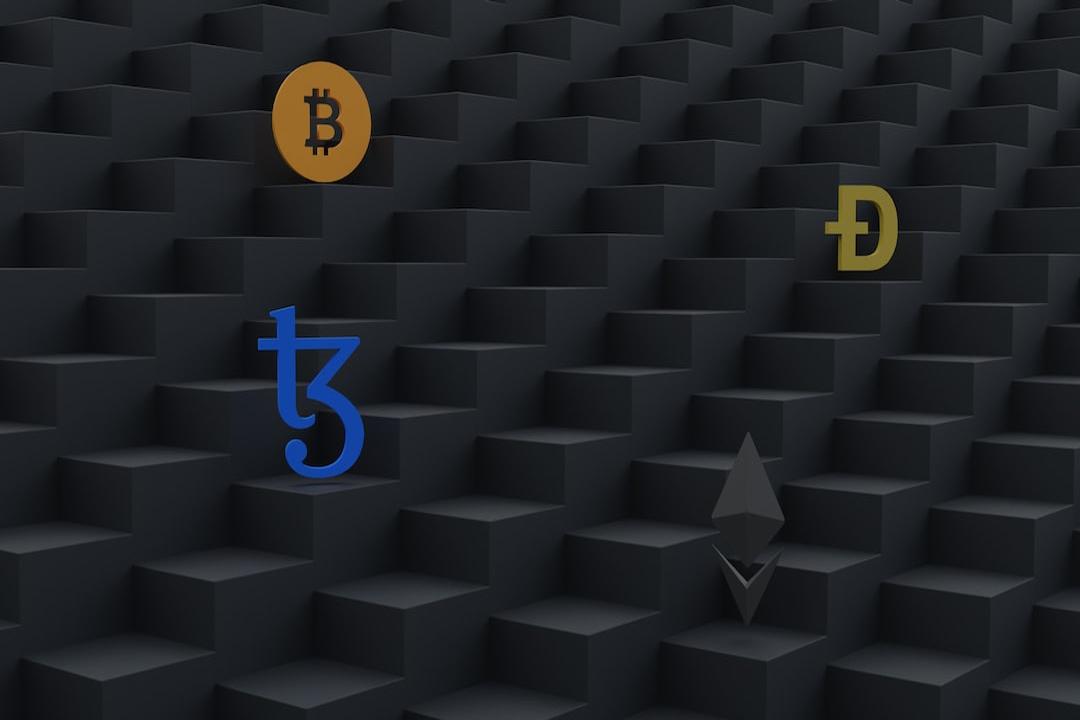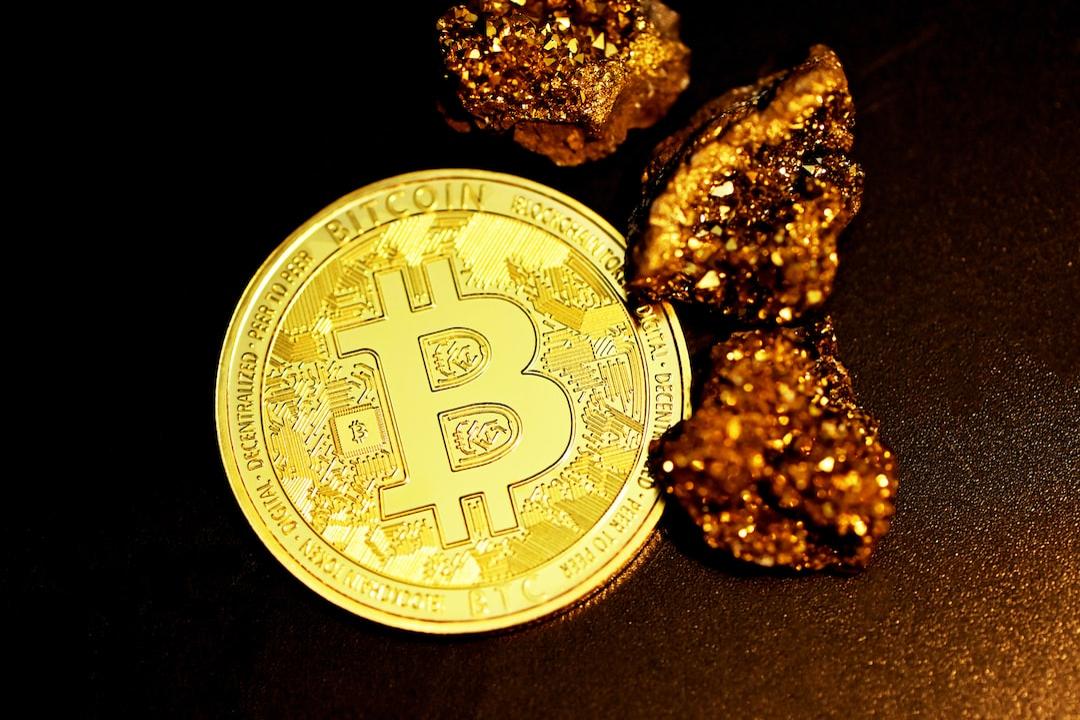Despite Ethereum’s leading position in terms of TVL (Total Value Locked), it is not attractive for most stablecoin transactions due to high transaction costs. Data shows that:
92% of USDT transactions occur on the Tron network.
Around 96% of the transaction volume on the Tron network is related to stablecoins.
In comparison, stablecoin transactions on Ethereum still account for a high percentage, but only 70%.
In addition, some new blockchains are trying to process stablecoin transactions efficiently and at low costs, with LaChain being a notable example.
LaChain is operated by an alliance composed of Ripio, Num Finance, SenseiNode, Cedalio, Buenbit, and FoxBit, and it primarily targets users and platforms in Latin America.
This also indicates that as the stablecoin market matures, the ecosystem is becoming more complex and diversified.
5. Evolution of stablecoin payments: From cross-border remittances to local payments
Stablecoins have become the main tool for cross-border remittances, but now they are increasingly being used for local payments.
This involves cryptocurrency payment gateways and payment portals, which:
Convert stablecoins into fiat currency, or
Allow merchants to directly accept stablecoin payments in fiat currency.
For example, a merchant can “accept” cryptocurrency payments, but in reality, the cryptocurrency from the transaction will be immediately converted to USD and settled into the merchant’s bank account. Of course, the merchant can also directly accept stablecoin payments.
However, due to the friction in redeeming stablecoins, whether in terms of time or transaction costs, there are many companies in the market dedicated to optimizing this process, offering solutions ranging from simple and efficient to complex and comprehensive.
Pomelo (https://www.pomelogroup.com/): A platform that supports cryptocurrency debit card payments, allowing users to spend stablecoins directly.
@zcabrams’ Bridge: Provides convenient conversion between stablecoins, different chains, and fiat currencies, greatly reducing friction costs for merchants and payment platforms.
@stripe even acquired Bridge to enhance the efficiency of its own payment system.
Currently, payment gateways like Bridge are mainly used in scenarios where merchants have not yet directly accepted USDC or USDT. They help users complete the conversion and charge a certain fee.
With the popularization of stablecoin payments and their lower costs compared to traditional bank cards and banking systems, the usage rate of stablecoin-stablecoin transactions will continue to increase. In the future, more and more merchants will directly accept stablecoin payments to optimize their economic efficiency and drive the construction of a post-banking era payment system with stablecoins.
6. Financialization of stablecoins: How to make stablecoins “appreciate”
In addition to payments and remittances, more and more companies are exploring how to utilize stablecoins to increase asset utilization, such as:
Lemon Cash: Provides deposit functionality for @aave, allowing users to earn interest on their funds.
@MountainUSDM’s USDM: Allows stablecoin holders to earn interest and has been integrated into multiple trading platforms and payment services in Latin America.
Many trading platforms and retail financial platforms consider stablecoin yields as a stable source of income, aiming to balance the income fluctuations caused by market cycles.
Traditional trading platforms heavily rely on transaction fees, resulting in a significant increase in revenue during bull markets, but a drastic decrease in revenue during bear markets.
By offering stablecoin deposit yields and related services, these platforms can achieve more stable income and reduce the impact of market volatility on their profitability.
7. The future development of stablecoins?

Non-cryptocurrency use cases for stablecoins: expanding international transfers and payments
The main non-cryptocurrency use case for stablecoins is international transfers, and they are increasingly being used for payments. However, as the infrastructure for stablecoins continues to improve and gradually become more widespread, they may also be used for savings, especially in developing countries, where this trend has already begun.
A few weeks ago, @tarunchitra told me a story: in Georgia, a convenience store owner would accept customer deposits in Georgian Lari (GEL), convert them into USDT, and earn interest. They would record customer balances in a simple paper ledger and charge a certain fee from the interest. In this store, customers can also make payments using Trust Wallet QR codes. It is worth noting that Georgia’s banking system is relatively healthy, but this alternative financial model is still developing there.
In Argentina, according to the Financial Times, the total amount of US dollars held by citizens has exceeded $200 billion, all of which is outside the traditional financial system. If even half of these funds enter the blockchain or crypto ecosystem, the DeFi market size will double, and the total market value of stablecoins will increase by about 50% – and this is just the potential of one country. Similar situations exist in countries such as China, Indonesia, Nigeria, South Africa, and India, where the informal economy is significant or there is a certain level of distrust in the banking system.
With the increasing use of stablecoin payments and their lower costs compared to traditional bank cards and banking systems, the usage of stablecoin-stablecoin transactions will continue to rise. In the future, more and more merchants will directly accept stablecoin payments to optimize their economic efficiency and drive the construction of a post-banking era payment system with stablecoins.
8. Challenges facing stablecoins
When discussing the future of stablecoins, we also need to address some overlooked issues.
1) Stablecoins rely on the banking system
Currently, almost all stablecoins rely on bank accounts as their underlying assets.
However, the banking system itself is not completely secure. For example:
In 2023, USDC temporarily unpegged due to the collapse of Silicon Valley Bank (SVB), indicating that even the most trusted stablecoins may face risks from the banking system.
2) Stablecoins widely used for capital control evasion and money laundering
If you agree that stablecoins are used to bypass capital controls and avoid local currency devaluation, then you are acknowledging a fact – that such behavior may be classified as money laundering under local legal frameworks.
This is an open secret, but its legal and ethical implications have not been fully explored.
3) Freezing and non-reissuance of stablecoins
Currently, both Circle (USDC) and Tether (USDT) do not allow the reissuance of stablecoins.
If a user’s funds are frozen for legal reasons (such as involvement in criminal activities or deemed as illicit funds), these assets will not be returned to the victims, even if the latter holds a court order.
This approach is highly controversial in ethical terms and may be difficult to sustain in the long run.
4) Regulatory pressure and the risk of CBDC as a substitute
Governments may require tighter regulation of stablecoins, making them “seizable.”
In the long run, central bank digital currencies (CBDCs) may become the official substitutes for stablecoins.
This topic encompasses a wide range of issues that I will explore in detail in future articles.
9. Truly decentralized stablecoins may be the future solution
In the coming years, regulatory pressure on stablecoins will drive the development of truly decentralized and privacy-focused stablecoins.
These stablecoins will not be subject to unilateral freezing or seizure by governments, and they will be completely decentralized.
This could give rise to a new financial technology race, and the development of stablecoins may evolve from regulated financial instruments to truly decentralized currencies.
Of course, this also means new compliance challenges.



